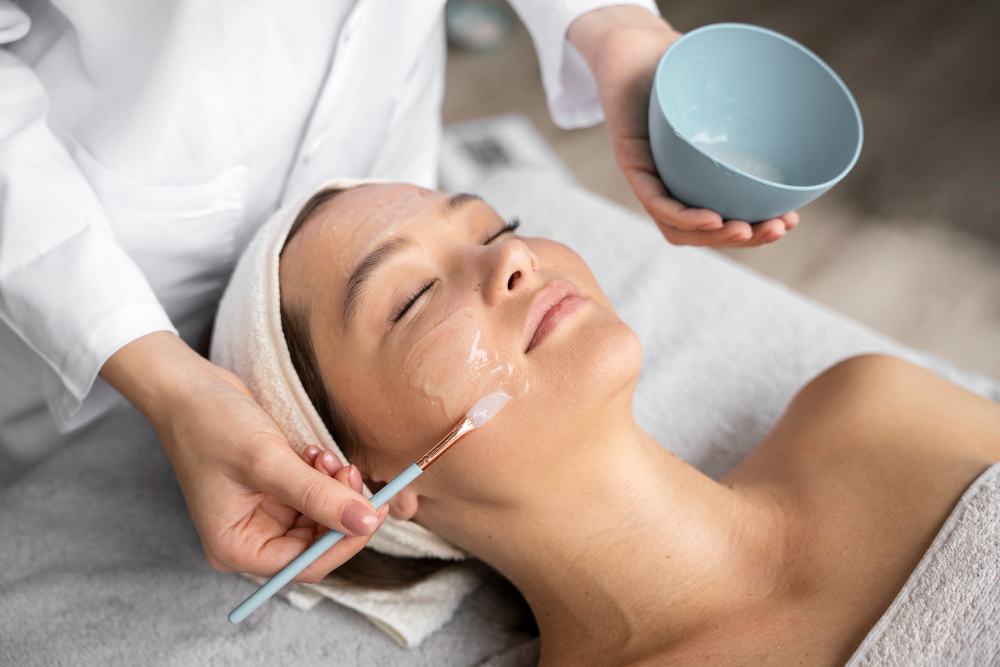
What Are Chemical Peels?
Chemical peels work by removing damaged outer layers of skin to reveal a smoother texture, reduce scarring, and eliminate blemishes. They range in strength from mild to deep and are classified into three types: alpha hydroxy acid (AHA), trichloroacetic acid (TCA), and phenol. The choice and intensity of the peel are customized to each patient’s needs. Chemical peels can also be combined with other treatments, such as facelifts, for enhanced skin rejuvenation. When performed for medical reasons, chemical peels may be covered by insurance.
Request an AppointmentWhere and How Are Chemical Peels Performed?
Chemical peels are typically done in a plastic surgeon’s or dermatologist’s office or at an outpatient surgical center. Anesthesia is generally not required since TCA and phenol have anesthetic properties, and AHA peels usually cause only mild stinging.
Chemical Peel Procedure
For TCA or phenol peels, the skin is first cleansed, then the solution is applied, often causing a brief stinging sensation. After a phenol peel, petroleum jelly or waterproof adhesive tape may be applied to protect the skin. In contrast, during an AHA peel, the skin is cleansed and treated with the solution without the need for ointments or coverings afterward.
Side Effects of Chemical Peels
TCA and phenol peels can cause tingling or throbbing sensations, redness, crusting or scabbing, and notable swelling that typically lasts about a week depending on peel strength. Phenol peels may cause initial eyelid swelling, and patients might be advised to follow a liquid diet and limit talking. Any adhesive tape used is usually removed after one or two days. AHA peels can result in temporary stinging, redness, irritation, and mild flaking or crusting. After any chemical peel, protecting the skin from sun exposure is crucial to support healing and maintain results.
